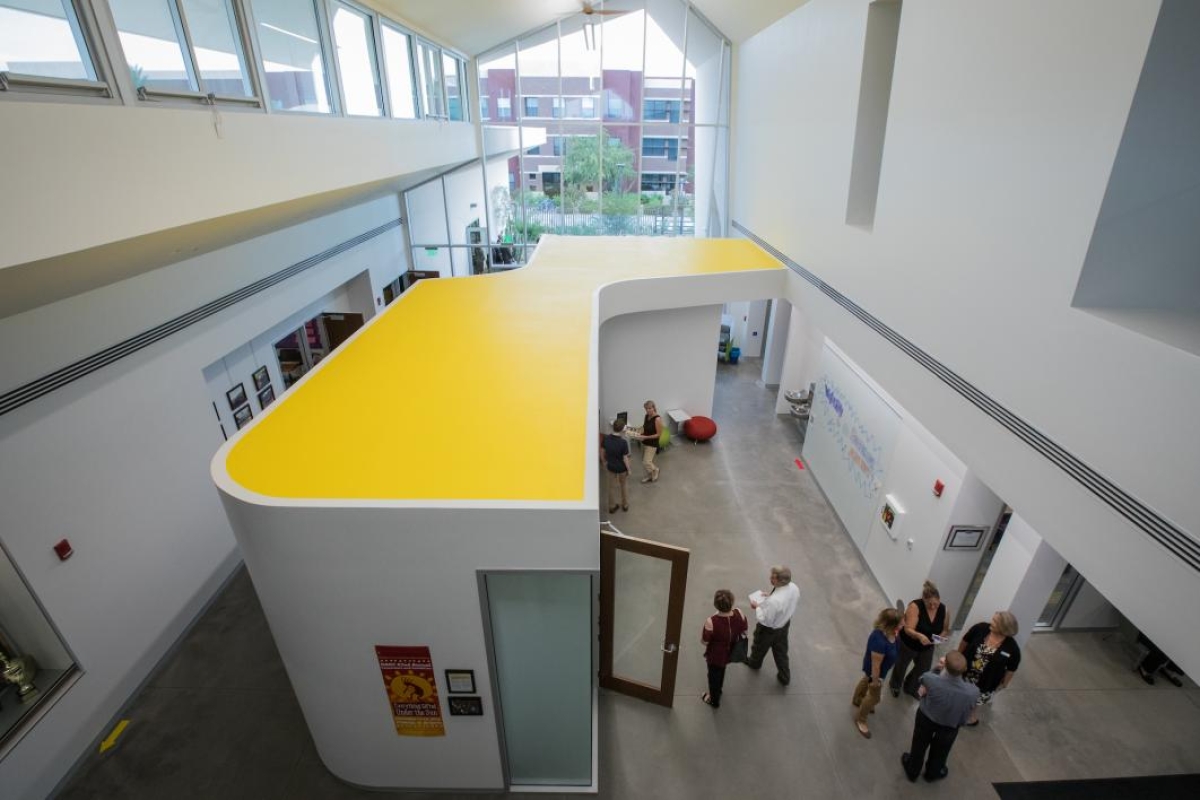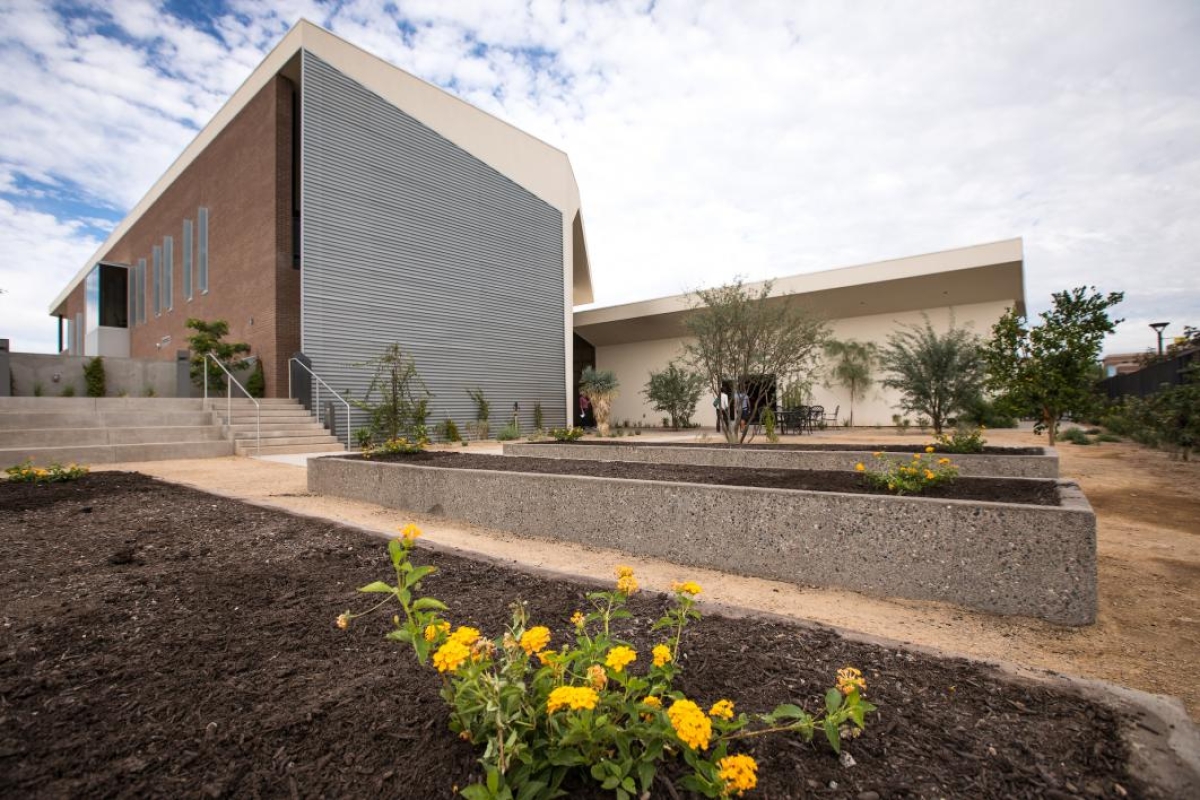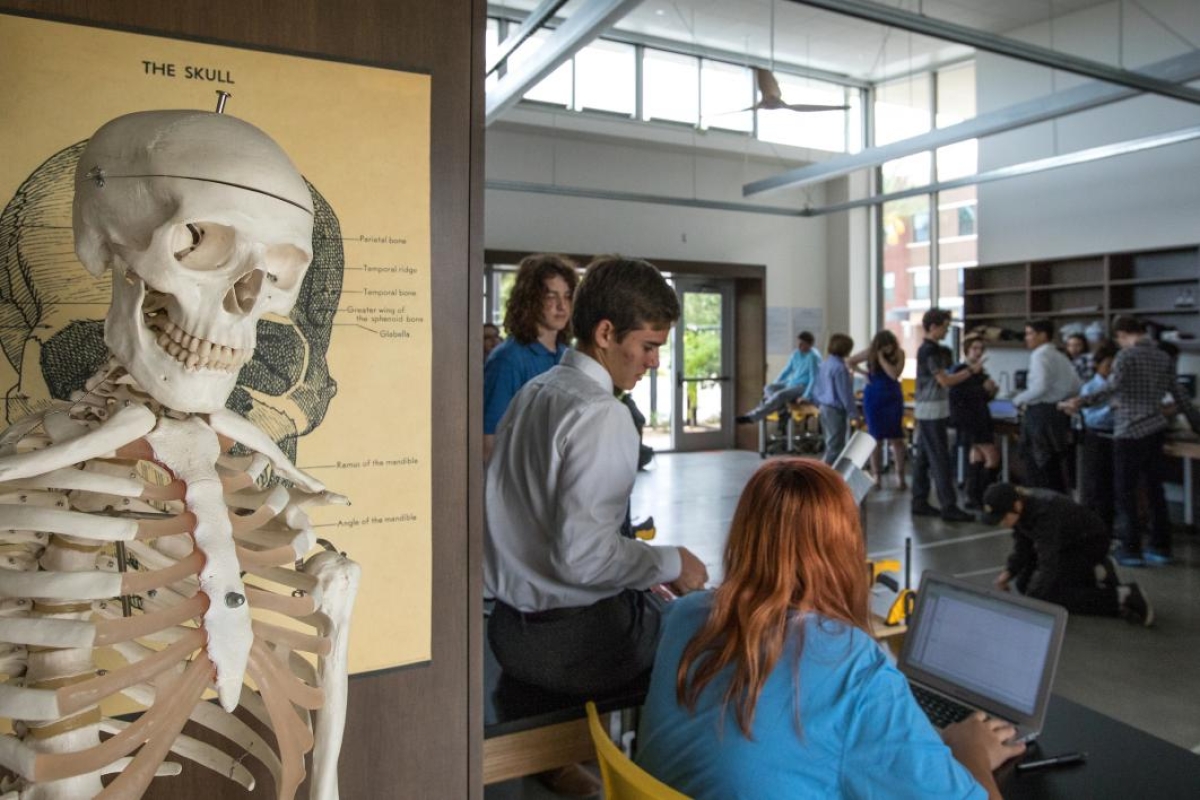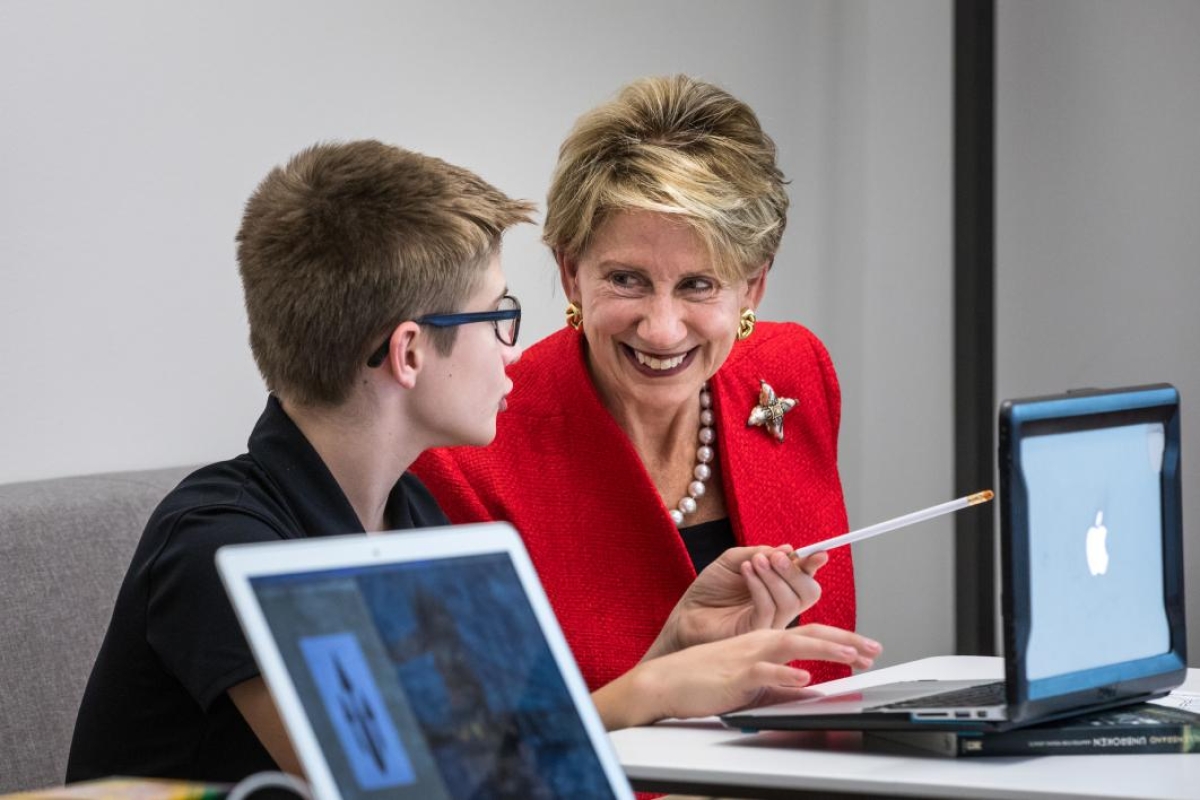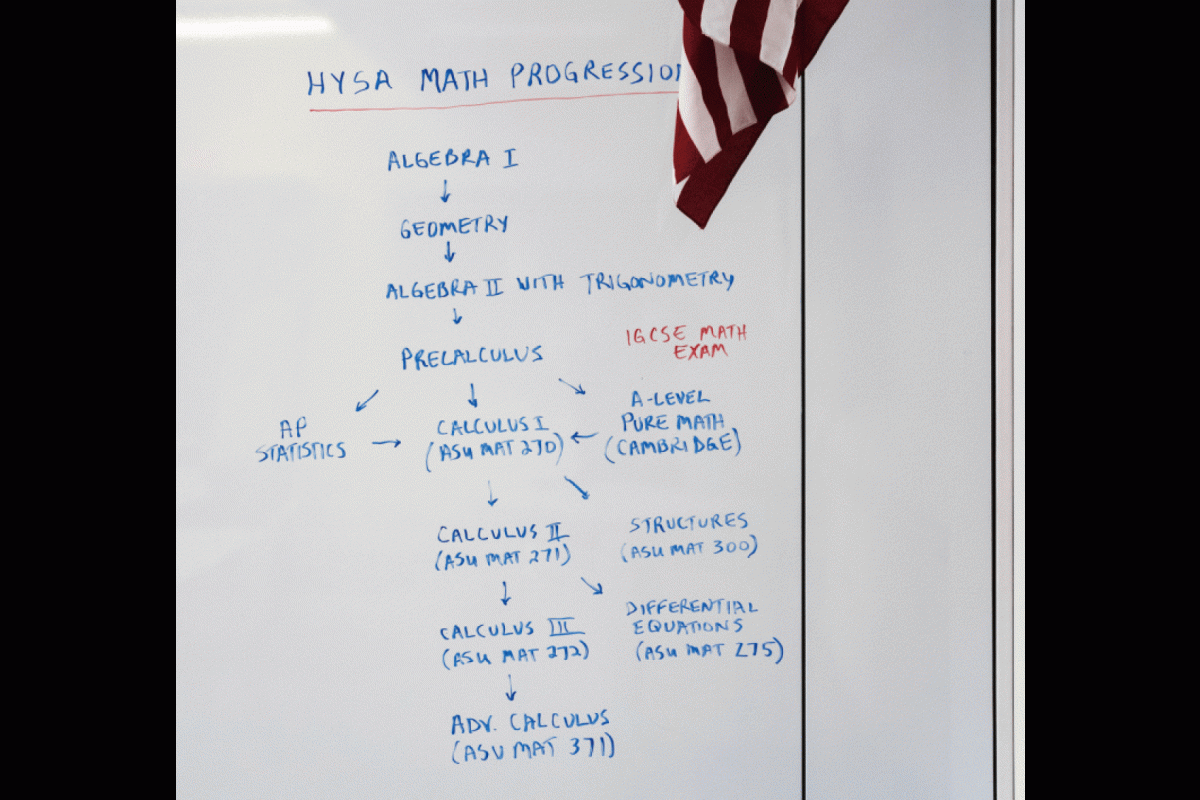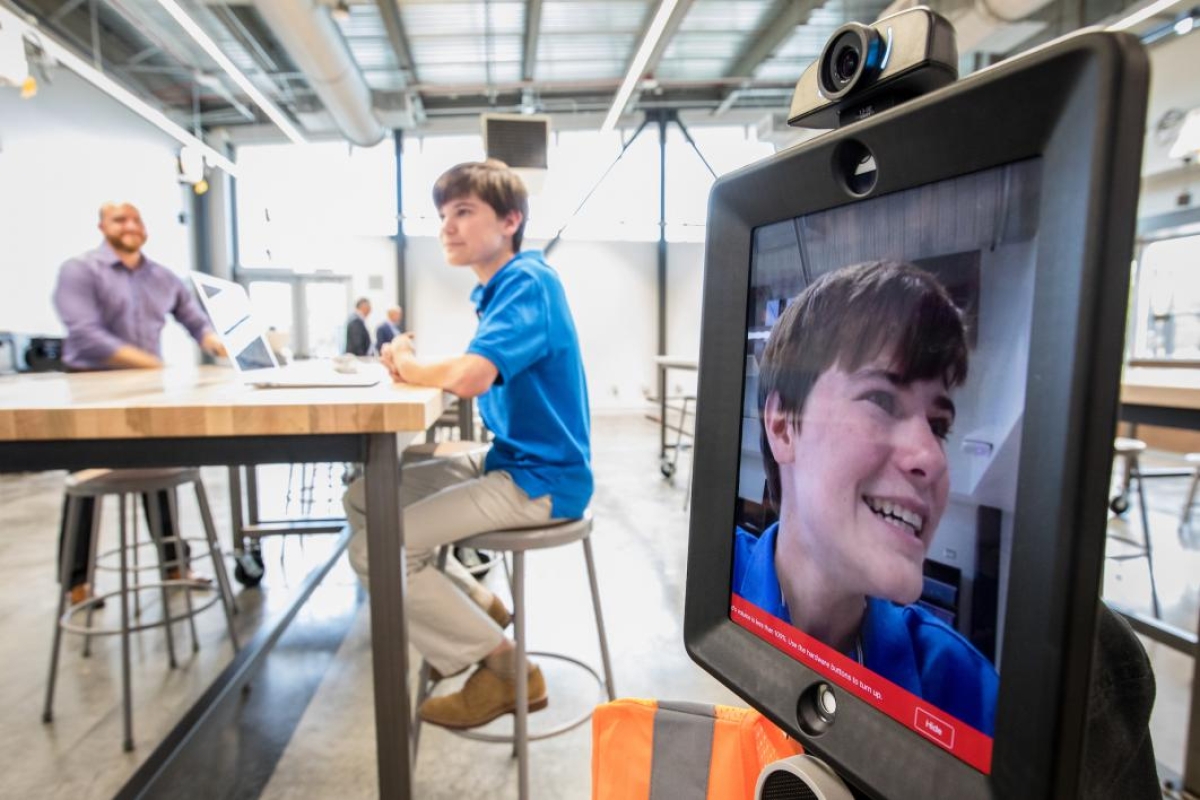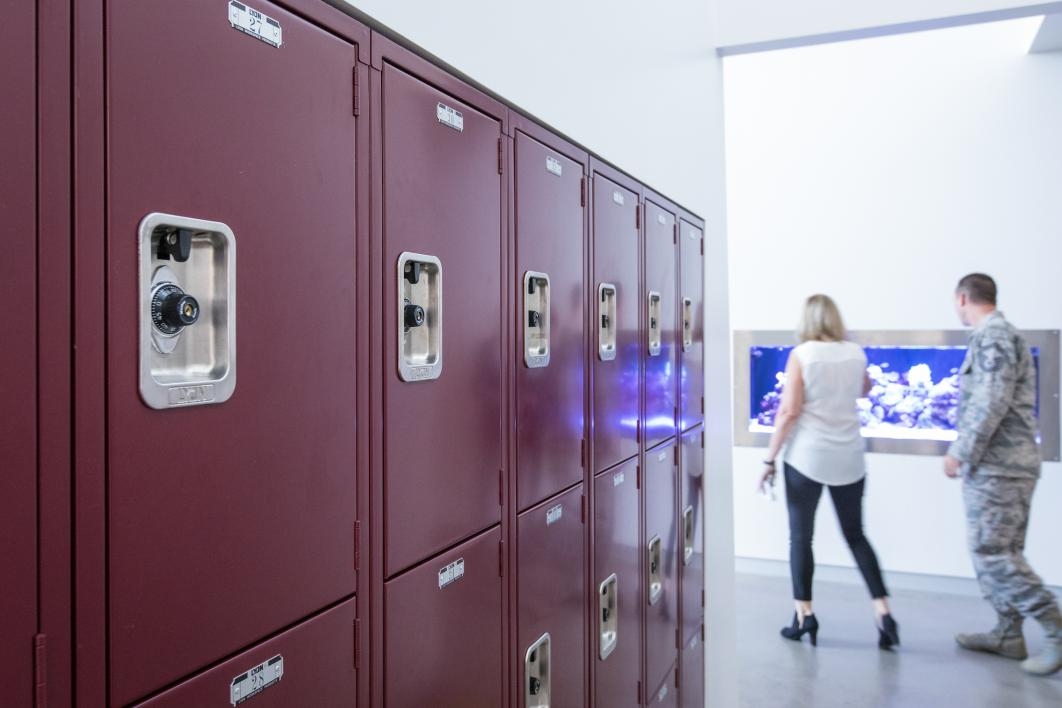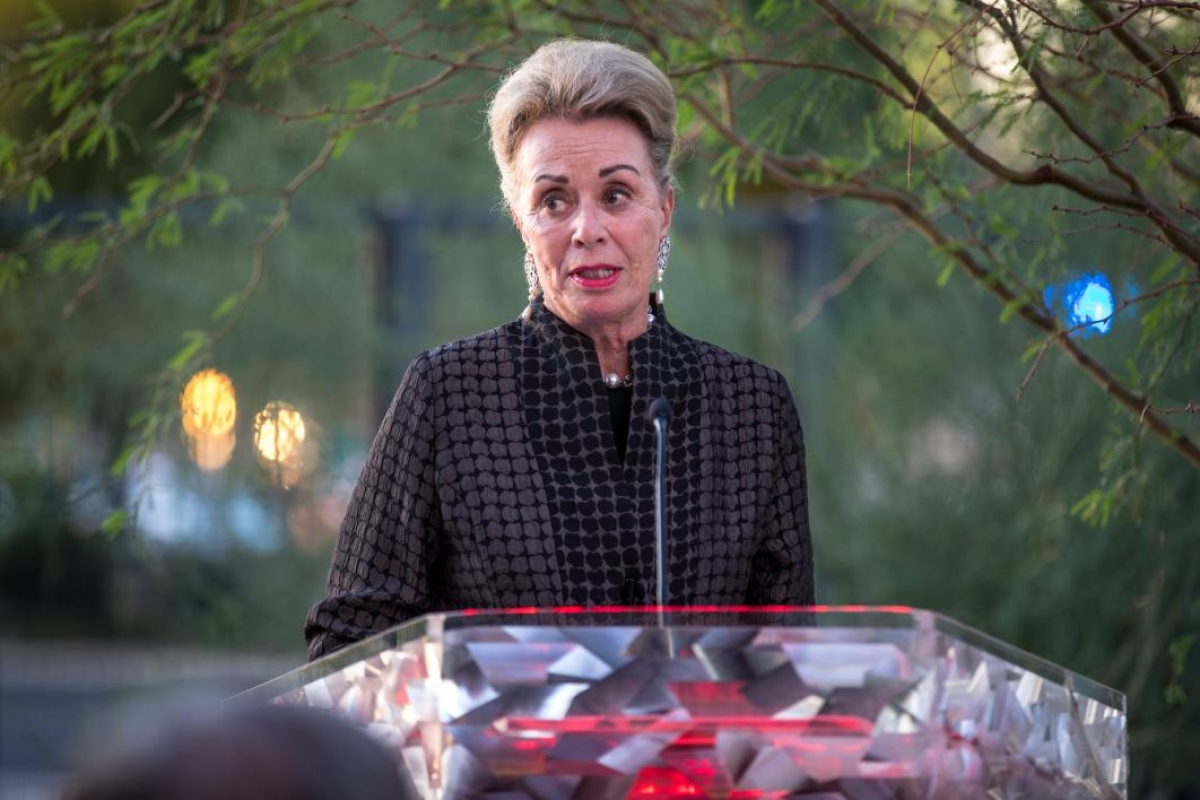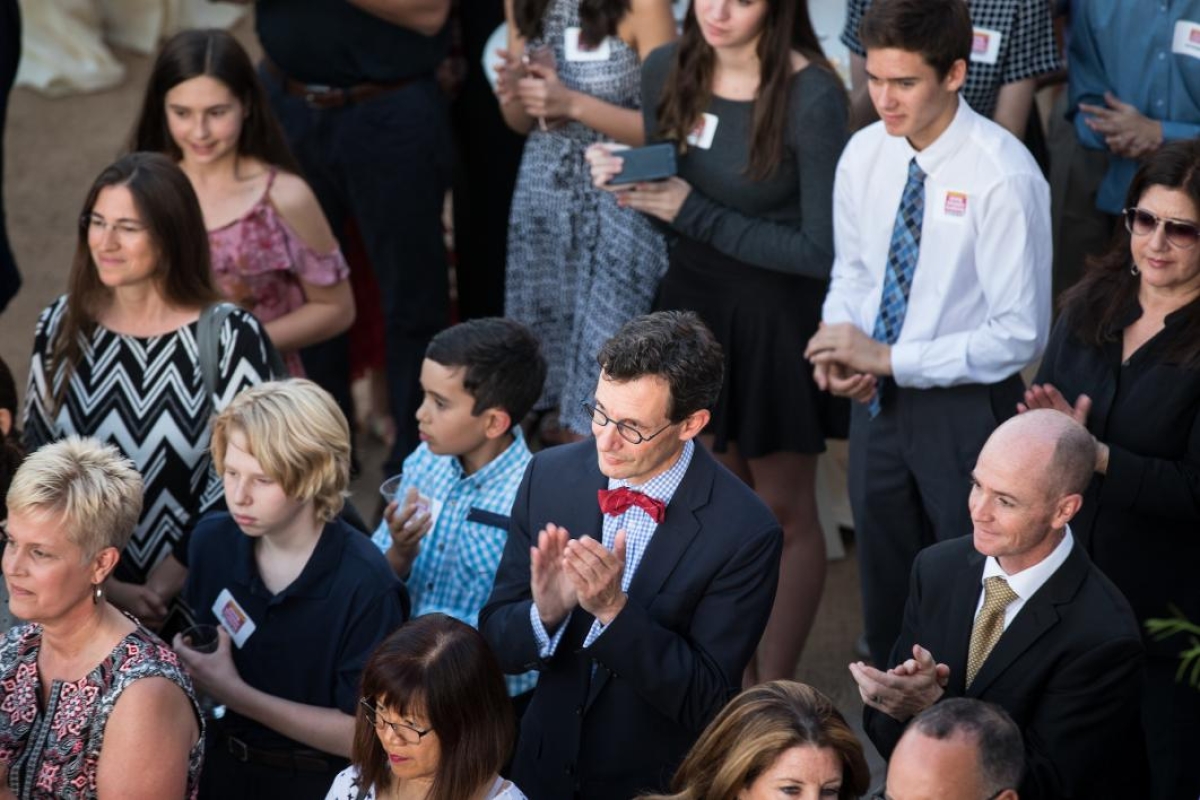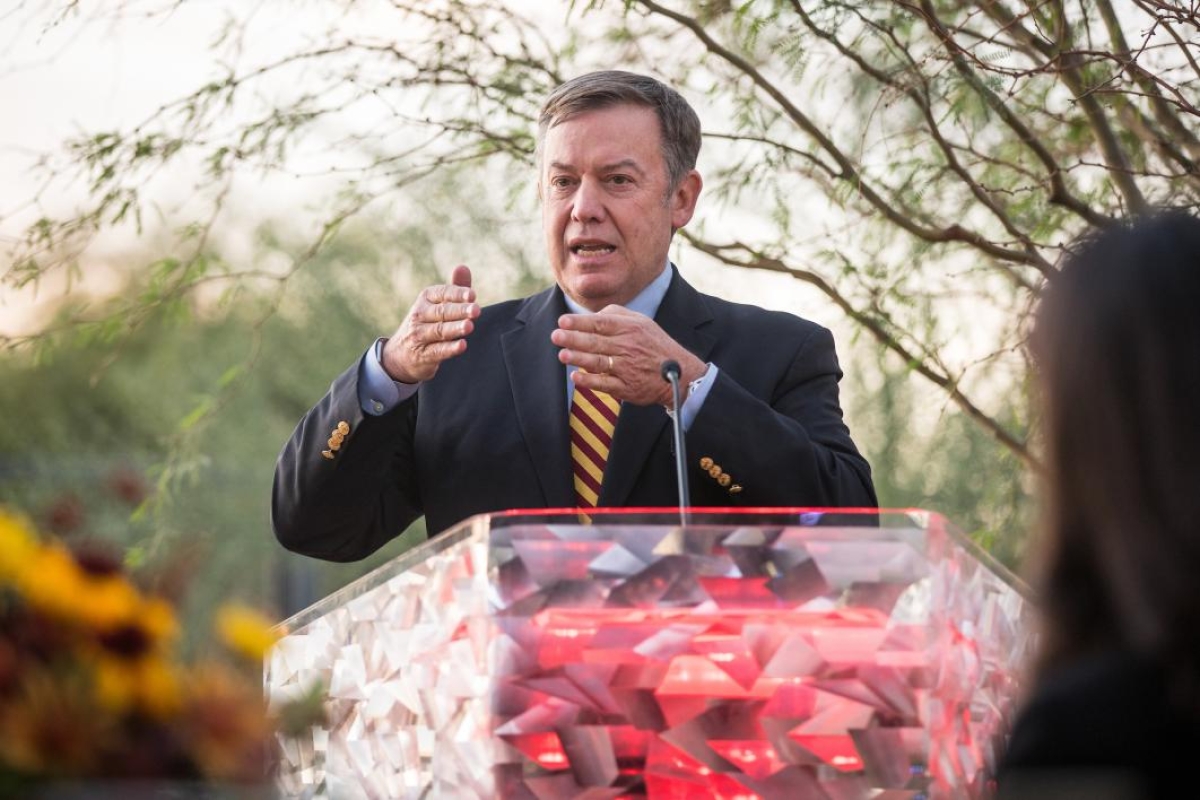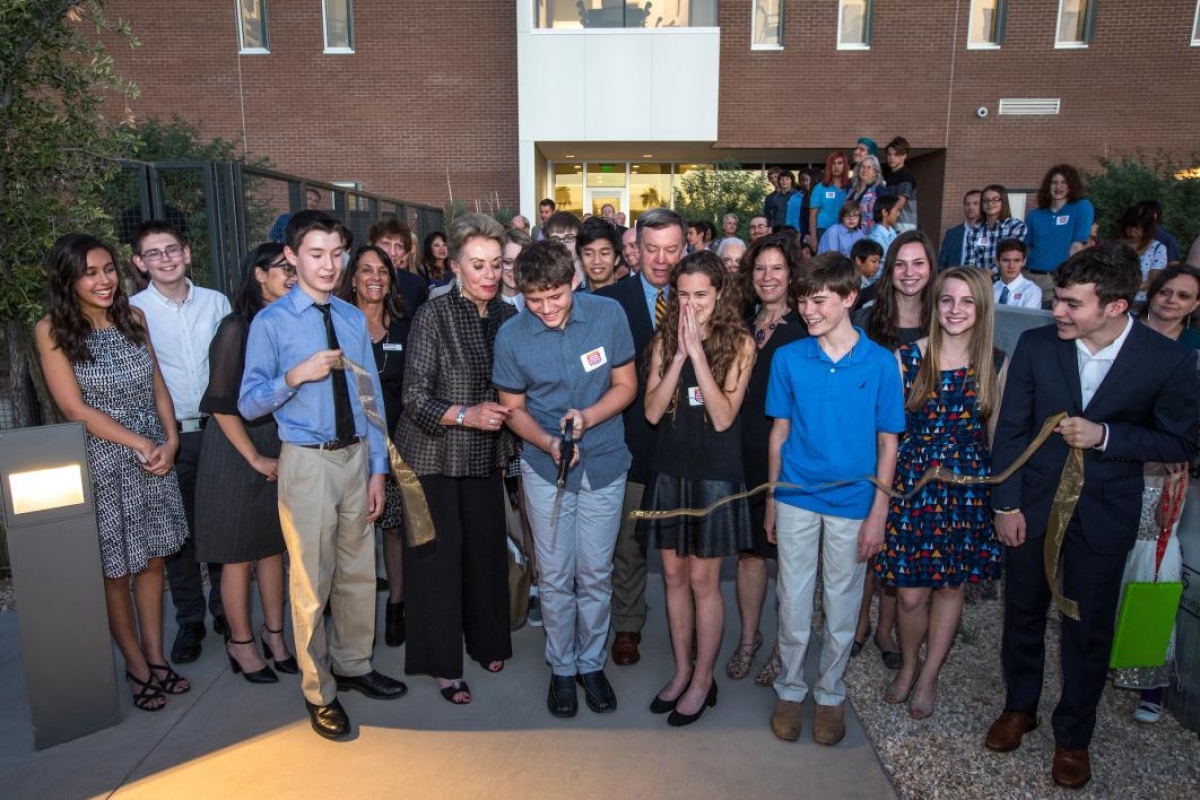Editor's note: This story is being highlighted in ASU Now's year in review. To read more top stories from 2017, click here.
Arizona State University celebrated its latest state-of-the-art educational facility on Monday at the new home for the Gary K. Herberger Young Scholars Academy on the ASU West campus.
The building provides a sustainable, open and inviting space for Herberger Academy students and the ASU community.
“The whole purpose for this school is built around the core premise that we have as a university,” ASU President Michael M. Crow said at the opening ceremonies, which included student performances and a tour of the new facility. “We are here to create teaching, learning and discovery environments for all learners. We’ve left the world that everyone is going to be pushed through the same factory, through the same box, through the same system.”
Herberger Young Scholars Academy (HYSA), created in 2011 as part of ASU’s Mary Lou Fulton Teachers College with an endowment from philanthropists Gary and Jeanne Herberger, offers a learning environment designed for highly gifted students in grades 7 to 12 who will have the opportunity to explore the building’s unique features on a daily basis.
The learning setting includes cutting-edge classrooms, a makerspace for collaborative projects, a black-box theater for drama, a fish tank that students are responsible for, and outdoor spaces with raised-bed gardens and an amphitheater.
Carly Cairns, a student in her humanities year at HYSA (roughly equivalent to 10th grade), said she was excited about what the new building and its location offer.
“There are so many great opportunities here being on the ASU campus,” she said. “Not only that, but with this amazing new building there are so many things that we can built off of to really pursue our interests. I have an interest in theater and drama, and this new black-box space is great for plays.”
The academy offers students an accelerated academic program that encourages students to complete middle and high school in as few as three years. Many students choose to continue their studies, taking advanced classes offered under the guidance of the internationally recognized Cambridge curriculum and ASU courses for college credit. Students also have the opportunity to participate in research with an ASU professor.
The new building offers a space befitting its exceptional mission.
“The building delivers a great deal of natural light and different types of learning spaces,” said Kim Lansdowne, Herberger Young Scholars Academy executive director. “We did not want it to look like an average school.”
HYSA was involved in the building’s design process and was able to tailor some of the features to meet its needs. HYSA students participated in a design charrette with Herberger Institute for Design and the Arts faculty and students, and the architect, Marlene Imirzian and Associates, incorporated these features into the final design.
Lansdowne said the school would not be able to step into this new era without the support of Jeanne Herberger and her late husband, Gary Herberger. The Herbergers provided financial support to open the school in 2011 and provided additional new-building funds.
“What would Gary say if he were on hand for this celebration? If Gary had a chance to address you today, how would he tell the remarkable story of the Herberger Young Scholars Academy?” Jeanne Herberger said during Monday’s ceremonies. “I thought about it. I kept turning it over and over in my mind, and then it hit me: Gary is here. Gary’s spirit is fully alive in this gathering and in every corner of this magnificent building.
“The story of the Herberger Young Scholars Academy is Gary’s own story of how a gifted young person who is encouraged to pursue his or her own dreams can achieve extraordinary things.”
Sustainable future
As with the school’s learning environment, special considerations were taken into account of the physical environment during the building’s design and construction.
“ASU is a leader in sustainability, which includes creating and maintaining a sustainable physical environment, said Bruce Nevel, ASU Facilities Development and Management associate vice president and chief facilities officer. “As a leader, we set the example by constructing and maintaining our buildings in a highly sustainable and energy-efficient manner.”
All new ASU buildings are required to achieve a minimum LEED (Leadership in Energy and Environmental Design) Silver certification, with many garnering Gold and Platinum rankings. ASU currently has the largest number of LEED-certified buildings in Arizona at 47, with several more buildings pending LEED certification, including HYSA.
LEED criteria encompass how well the building conserves energy, water efficiency, types of construction materials used, whether the site enhances sustainability and indoor environmental quality.
The following sustainable aspects were implemented in the HYSA design and construction phases:
• 15 percent of annual energy consumption is offset by the ASU West campus solar photovoltaic system
• 95 percent of construction waste was recycled and diverted from the landfill
• designed with materials that do not contribute to the urban heat-island effect
• low-flow fixtures save 25 percent of indoor water use
• native, adaptive landscaping reduces the amount of potable water needed for irrigation
• occupancy sensors and lighting controls provide energy savings
Green Ideas Building Science Consultants, which assists ASU in the LEED documentation process, expects HYSA to perform closer to 30 percent below ASHRAE 62.1-2007 Standard. This means compared to a similar building of size, use and construction, the HYSA building will perform approximately 30 percent better because of careful design of the building envelope and mechanical systems.
“Every nook and cranny of this space has Gary (Herberger) in it,” said Gretchen Buhlig, CEO of the ASU Foundation for a New American University. “Though he didn’t have this kind of place to learn, for these students to understand that he was one of them is an amazing legacy for generations to come.”
More Arts, humanities and education
AI literacy course prepares ASU students to set cultural norms for new technology
As the use of artificial intelligence spreads rapidly to every discipline at Arizona State University, it’s essential for students to understand how to ethically wield this powerful technology.Lance…

Grand Canyon National Park superintendent visits ASU, shares about efforts to welcome Indigenous voices back into the park
There are 11 tribes who have historic connections to the land and resources in the Grand Canyon National Park. Sadly, when the park was created, many were forced from those lands, sometimes at…
ASU film professor part of 'Cyberpunk' exhibit at Academy Museum in LA
Arizona State University filmmaker Alex Rivera sees cyberpunk as a perfect vehicle to represent the Latino experience.Cyberpunk is a subgenre of science fiction that explores the intersection of…

